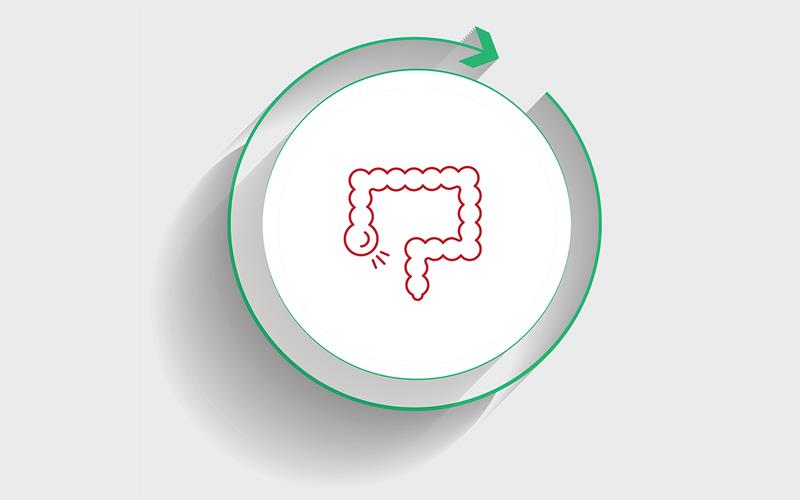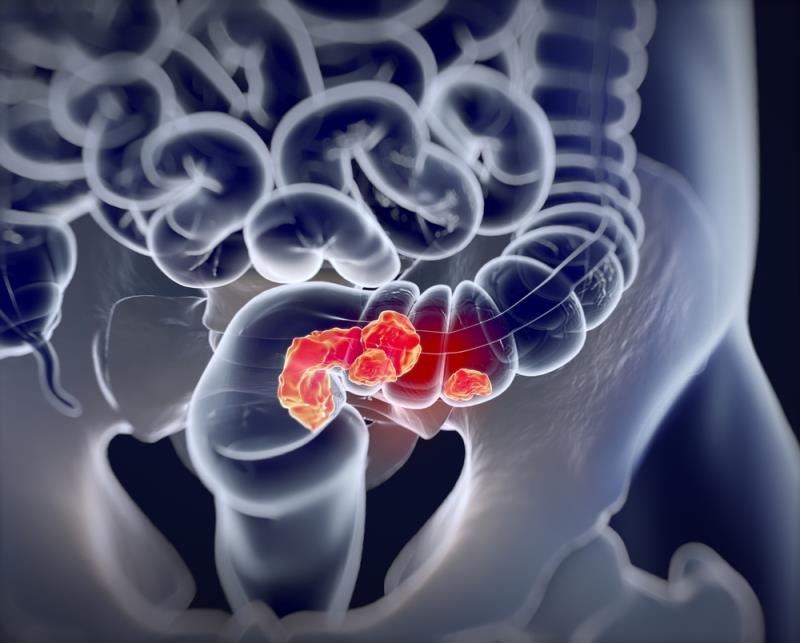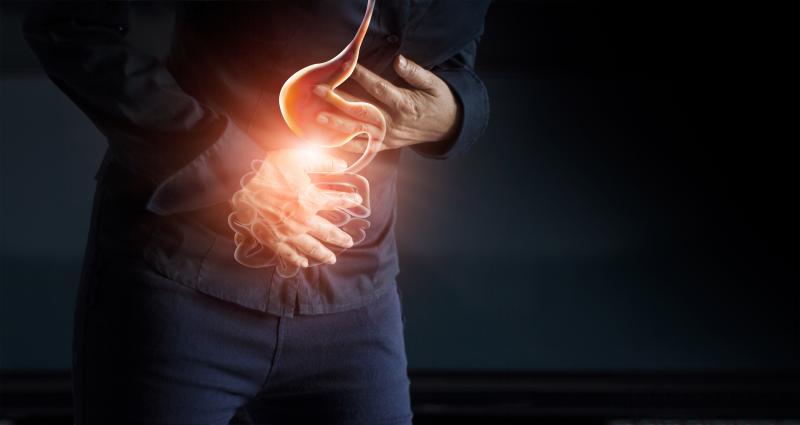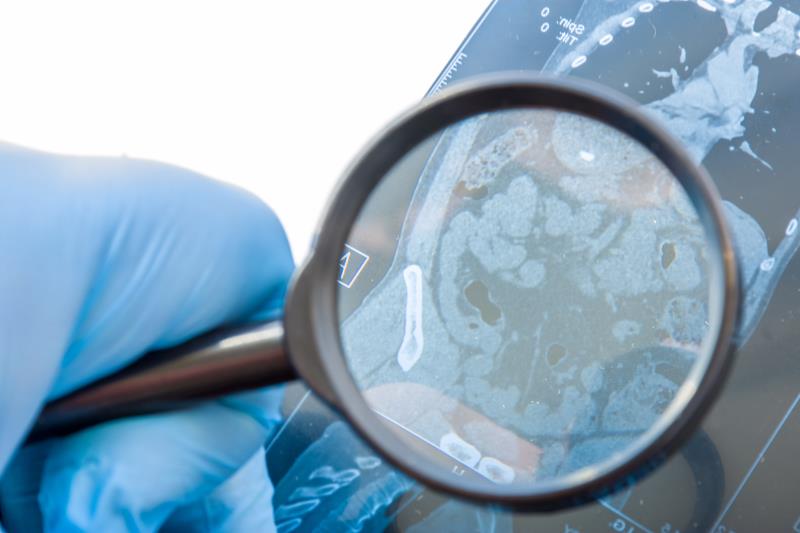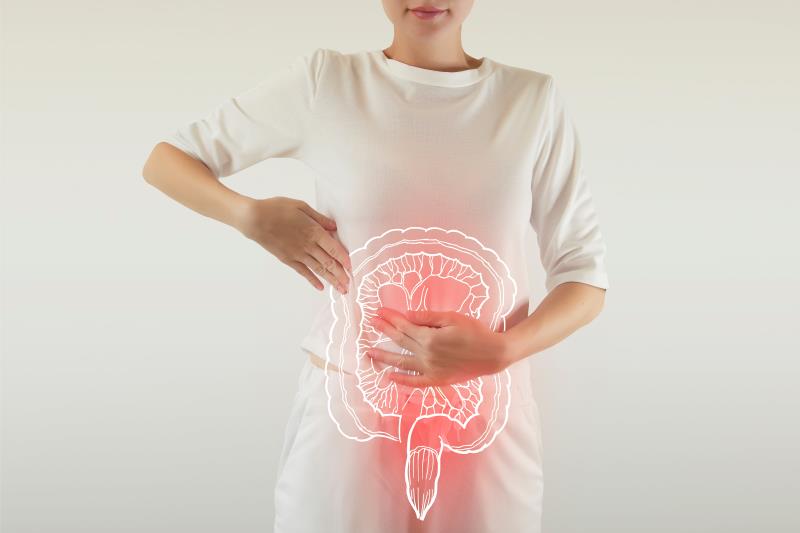Nội dung của trang này:
Nội dung của trang này:
Tổng quan
Inflammatory bowel disease (IBD) consists of ulcerative
colitis (UC) and Crohn’s disease (CD). These diseases are defined in the Introduction section.
Inflammatory bowel disease affects approximately 7 million
individuals globally. A detailed discussion about the prevalence of inflammatory
bowel disease is in the Epidemiology
section.
The Pathophysiology section states that inflammatory bowel
disease involves complex environmental, epithelial, genetic, immunologic, and
microbial factors. The developmental process of inflammatory bowel disease is
in this section.
The Risk Factors section discusses the risk factors of
inflammatory bowel disease such as smoking, gender, family history,
gastrointestinal infection, the use of NSAIDs, appendectomy and lifestyle
factors.
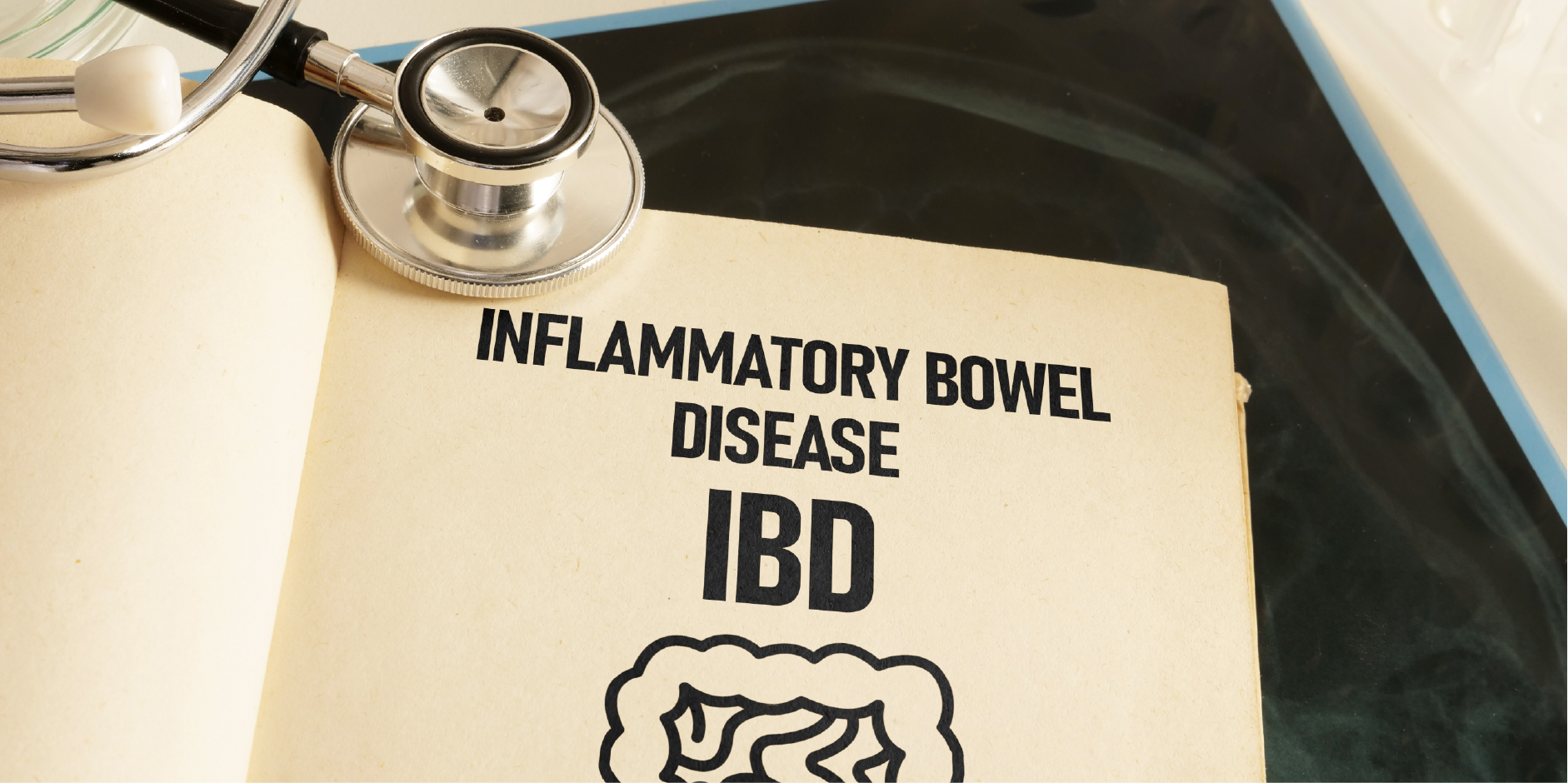 Inflammatory Bowel Disease_Disease Summary
Inflammatory Bowel Disease_Disease SummaryHistory and Physical Examination
The Clinical Presentation section
describes the general symptoms and clinical features of ulcerative colitis and
Crohn’s disease.
The History section emphasizes the importance of a
complete history in the diagnosis of inflammatory bowel disease.
The Physical Examination section enumerates vital information needed in
the examination of patients with inflammatory bowel disease.
Chẩn đoán
Laboratory tests such as serum and fecal inflammatory
biomarkers, serologic markers, and histopathology that are essential in the
evaluation of inflammatory bowel disease are in the Laboratory Tests and Ancillaries section.
The Imaging section discusses endoscopy, such as
colonoscopy, capsule endoscopy, flexible sigmoidoscopy, balloon-assisted
enteroscopy and endoscopic ultrasonography, in the diagnosis of inflammatory
bowel disease. The different radiologic studies, such as abdominal radiography,
ultrasound, computed tomography scan, magnetic resonance imaging, and nuclear
medicine, are also discussed in this section.
Other diseases that may mimic ulcerative colitis or Crohn’s
disease are listed in the Differential
Diagnosis section.
Xử trí
Severity assessment and disease extent of ulcerative colitis
and severity assessment of Crohn’s disease are discussed in the Evaluation section.
General therapy principles and management of ulcerative
colitis and Crohn’s disease are in the Principles
of Therapy section.
The Pharmacological
Therapy section discusses in
detail the management of ulcerative colitis and Crohn’s disease depending on
the severity and phase of the disease.
The Nonpharmacological section includes things to educate the patient about the
management of inflammatory bowel disease. Nutritional and lifestyle
modifications are also included in this section.
Surgical resection as a treatment option in the management
of inflammatory bowel disease is discussed in the Surgery section.
The Prevention
section discusses the importance of vaccine administration prior to therapy
with immunosuppressants in patients with inflammatory bowel disease.
The Monitoring
section explains patient monitoring and follow-up recommendations in clinically
asymptomatic, clinically symptomatic, and post-surgery patients with
inflammatory bowel disease.
The Complications
section discusses the different acute complications of inflammatory bowel
disease. Colorectal cancer surveillance is also discussed in this section.



